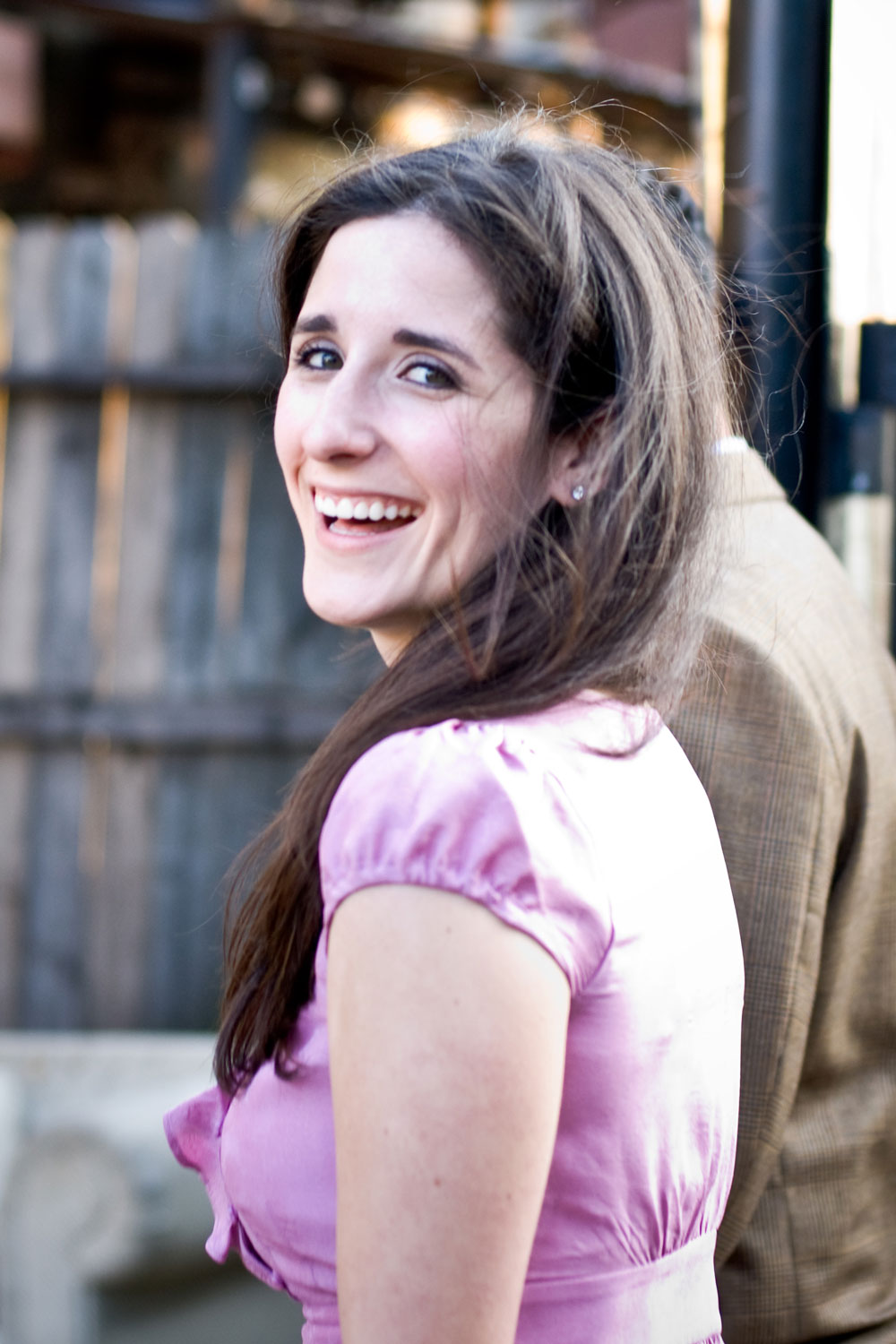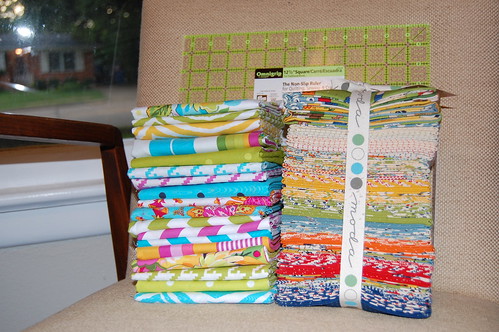Choosing the Right Quilting Sewing Machine for Your Creative Projects
Consider investing in a unit like the Janome Horizon Memory Craft 9400QCP for unparalleled precision and functionality. This model boasts an extensive throat space of 11 inches, which allows for larger projects and intricate designs without limitation. Its adjustable presser foot pressure and innovative feed system ensure that fabric layers glide effortlessly, making quilting a less daunting task.
Evaluate options such as the Bernina 770 QE, which features unique Bernina Stitch Regulator technology to maintain consistent stitch length, regardless of speed. This feature enhances the quality of free-motion quilting, giving you control and confidence as you craft stunning pieces. Additionally, its color touchscreen interface simplifies navigation through the multitude of built-in stitches and quilting patterns.
Keep in mind the affordability of User-friendly models, like the Brother SQ9185, which offers robust stitching capabilities without breaking the bank. With 185 built-in stitches and 8 sewing feet, this choice is fantastic for both quilting and general sewing tasks. Its lightweight design allows for easy transport to classes or quilting gatherings, making it adaptable for various settings.
Understanding Key Features of Quilting Machines
Focus on throat space. A larger throat area, typically ranging from 8 to 14 inches, allows for bigger projects without restrictions, making it easier to handle multiple layers of fabric.
Stitch length and width adjustment is vital. Machines with variable controls enable customization of stitch parameters, essential for intricate designs and patterns.
Look for built-in stitches. A variety of decorative and utility stitches provides versatility, accommodating different quilting styles.
Consider automatic needle threading. This feature simplifies setup, reducing frustration and time spent preparing to start sewing.
Evaluate feed dog options. Adjustable feed dogs improve grip on fabric, ensuring smooth movement–beneficial for handling multiple layers or slippery materials.
Explore tension adjustment capabilities. A consistent stitch quality relies heavily on proper tension; having manual or automatic tension systems ensures reliable performance.
- Review foot attachments. Walking feet and free-motion feet enhance creativity and precision, allowing for diverse sewing techniques.
- Assess motor strength. A robust motor is crucial for handling thick fabrics and heavy workloads without straining.
- Inquire about built-in lighting. Good illumination minimizes eye strain and enhances visibility, particularly for detailed work.
Check user interface. An intuitive display and easy access to controls streamline the quilting process and enhance user experience.
Pay attention to warranty and customer support. A comprehensive warranty and reliable customer service can provide peace of mind regarding maintenance and repairs.
Comparing Brands and Models: What to Look For
Focus on features like stitch quality, speed, and user-friendly controls. Brands such as Brother, Janome, and Bernina each offer diverse options with distinct advantages. Examine stitch patterns and settings; higher-end models often provide more. Check bobbin systems; some machines utilize drop-in designs for ease.
Weight and build should match intended usage. Heavier units can handle robust fabrics but may be less portable. Look for additional accessories like walking feet and quilting guides; these can enhance functionality significantly.
Investigate warranty conditions and customer service support. Renowned brands typically offer better service and longer warranties, indicating commitment to quality. Reviews from existing users provide insights into longevity and reliability of specific models.
Technology integration is another factor; some offer computerized features while others are manually operated. Determine personal comfort with technology before making a selection. Lastly, test drive models in-store to gauge comfort and ease of use.
Evaluating Compatibility with Your Quilting Style
Assess your preferred techniques, such as free-motion or traditional piecing. Machines with adjustable speed controls greatly benefit those who utilize free-motion stitching, allowing for greater precision.
Consider throat space if working on larger projects. A wider throat area facilitates handling bulky layers easily, enhancing comfort during assembly. For intricate designs, a machine featuring specialized presser feet can significantly improve accuracy.
Incorporate machine features specific to your style, such as automatic needle threading or built-in stitch patterns. These can save time and offer versatility, especially for complex projects.
Review compatibility with various fabrics, including heavy cotton, silk, or batting. A model with robust feeding mechanisms will prevent fabric from bunching or slipping, ensuring smooth operation across diverse materials.
Check for ease of maintenance. Models that support straightforward bobbin access and easy cleaning allow for continuous creative flow, reducing downtime.
Investigate available attachments that align with personal preferences. A walking foot or quilting guide may enhance precision and convenience based on chosen designs.
Seek recommendations from fellow enthusiasts ensuring features align with your artistic vision. User reviews can provide insight into practical performance specific to your desired techniques.
Setting a Budget: Affordable Options vs. High-End Machines
Investing in a quality device for stitching can have varying price points. Affordable options typically range from $150 to $500, offering basic functionality suitable for beginners and casual users. These units often include essential features without advanced technology.
High-end models start around $1,000 and can exceed $10,000, providing extensive features like LCD screens, automated functions, and advanced stitch options. These are aimed at enthusiasts and professionals seeking comprehensive capabilities.
Consider evaluating specific features important for projects. Table below highlights distinct options:
| Price Range | Features | Ideal Users |
|---|---|---|
| Under $500 | Basic stitches, manual controls | Beginner, Casual crafters |
| $500 – $1,000 | More stitch options, some automation | Hobbyists, Intermediate users |
| $1,000 – $5,000 | Extensive functionalities, advanced technology | Serious enthusiasts, Small business |
| Over $5,000 | Professional-grade features, high capacity | Professionals, Large operations |
Prioritize features aligned with crafting objectives; a higher price does not always equate to better performance for every user. Focus on personal requirements and prospective projects to determine suitable investment levels.
Reading Customer Reviews and Expert Recommendations
Focus on reviews from users who share similar crafting standards. Look for feedback on specific features such as stitch quality, ease of use, and available accessories. Highlighted comments regarding bobbin winding and tension control often reveal significant insights.
Search for expert blogs or YouTube channels dedicated to sewing, where detailed demonstrations showcase capabilities and functions. Experts typically analyze performance under various conditions, providing an in-depth look at durability and reliability.
Consider platforms like Amazon or fabric-specific sites, as aggregated ratings can indicate general user satisfaction. Cross-reference reviews across different forums to filter out overly biased feedback. Note recurring positives and negatives for a balanced perspective.
Seek out brands with responsive customer service, as user experiences post-purchase are crucial for long-term satisfaction. Reliability of support can enhance your crafting experience significantly.
Participate in online sewing groups or local clubs to solicit real-world insights from fellow creators. Word-of-mouth can guide you toward models that have performed well in practical applications.
Maintaining Your Quilting Machine for Longevity
Regular cleaning after each project prevents dust buildup and reduces wear. Use a soft brush to remove lint from the bobbin area and feed dogs. Lubricate moving parts with high-quality sewing machine oil according to the manufacturer’s guidelines, which typically recommend this every 8 to 10 hours of operation.
Thread and Needle Care
Replace needles frequently; a dull needle can damage fabric and create skipped stitches. Choose the appropriate needle type for various fabrics, such as universal, ballpoint, or quilting needles. Use high-quality threads, as cheaper options may cause fraying and tension issues, affecting sewing quality.
Storage Practices
Cover your equipment with a protective case when not in use. Maintain a stable environment, avoiding extreme temperatures and humidity. Disconnect power when storing to prevent electrical damage.
Q&A: Quilting sewing machine
What features make a computerized sewing and quilting machine ideal for a quilter starting their quilting journey?
A computerized sewing and quilting machine is ideal for beginners because it offers built-in stitch settings, automatic needle threader, and adjustable sewing speed, all of which simplify the quilting experience. These machines often include quilting feet and an extension table, making quilting projects like free motion quilt and straight stitch work easier and more precise. They are perfect for quilters who want a machine that supports both sewing and quilting functions in one.
Why is a large throat space important when choosing the best sewing machine for quilting?
A large throat space provides extra room to maneuver bulky quilting projects, especially when machine quilting or working on free motion quilt techniques. It helps quilters easily manage fabric layers during quilting and allows better control on domestic sewing machines. The best quilting machines often feature a large throat, making quilting easier and more comfortable, especially for those who want a machine that supports long-term quilting needs.
How does a sturdy machine like the Singer Heavy Duty or Juki machines support heavy duty sewing and quilting needs?
Machines like the Singer Heavy Duty or Juki machines are designed with powerful motors and durable construction, making them perfect for heavy duty sewing tasks and multiple-layer quilting. These models are known for consistent straight stitch quality and high sewing speed, which helps complete quilting projects efficiently. A sturdy machine is a great choice for quilters who need reliability and performance in both regular sewing and more demanding quilting applications.
What should quilters consider when deciding between a mechanical machine and a computerized sewing and embroidery machine?
Quilters should consider their sewing experience, quilting needs, and budget. A mechanical machine is a basic machine that’s great for first sewing or local sewing classes, offering manual control and simplicity. In contrast, a computerized sewing and embroidery machine includes advanced features like pattern memory, embroidery options, and automatic adjustments, ideal for those who want a versatile machine that supports a variety of sewing and quilting styles in one convenient package.


